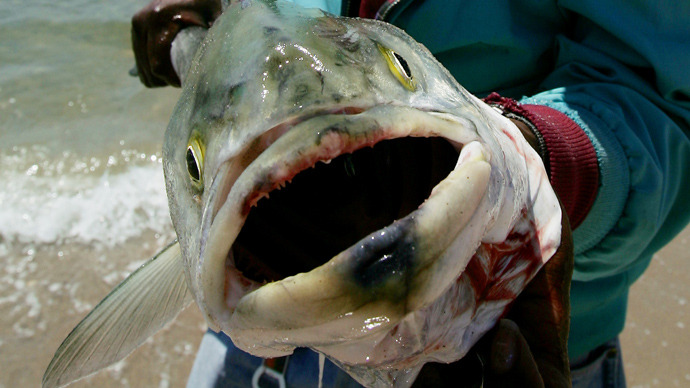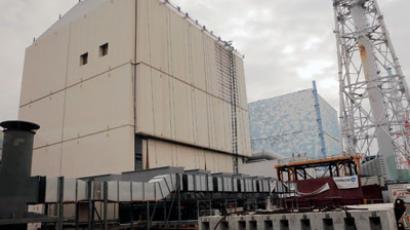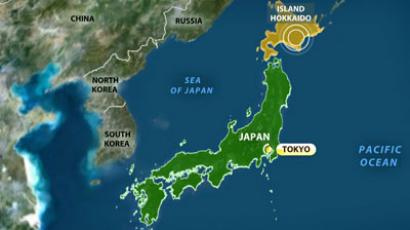Tuna caught near California still have traces of Fukushima radiation

Almost two years after a natural disaster ravaged a Japanese nuclear plant, Bluefin tuna that test positive for radiation poisoning continue to be caught off the coast of California.
Twenty-three months after a tsunami took the Fukushima power plant offline and triggered an international emergency, the effects of the disaster are still being felt thousands of miles apart. This week writer Monte Burke of Forbes draws attention to a new study that shows the lingering damages caused nearly two years ago.
Burke says that a new study from Daniel J. Madigan of Stanford University’s Hopkins Marine Station suggests that even waters in the East Pacific aren’t safe from the radiation. Bluefin off the coast of Japan are still showing signs of contamination almost two years after the incident, and migration patterns suggest that fish floundering near the other side of the ocean will continue to show evidence of radiation. And because relatively young Bluefin may have spent the majority of their lives in radioactive ocean waters near Japan, even infant fish are testing positive for radiation all this time later.
This isn’t likely to be ending anytime soon, either: Burke acknowledges that the plant is still leaking radiation into the ocean, which doesn’t necessarily just disappear. Just last month, a murasoi fish was caught in the vicinity of the Fukushima plant that tested to have around 2,540 times Japan's legal limit for radiation in seafood.
Stanford’s Madigan tells Burke that radiation within the tuna is excreted over time as well, so that the contaminants are continuously added into the ocean waters.
“It is found in the fish’s muscle tissue and just the act of swimming eventually helps them work it out of their bodies,” he writes.
That factor is likely to explain the results of a study late last year that found that contamination levels of fish weren’t diminishing down as drastically as scientists hoped. “The numbers aren't going down. Oceans usually cause the concentrations to decrease if the spigot is turned off,” Buesseler told the Associated Press in an interview in October. “There has to be somewhere they're picking up the cesium.”














